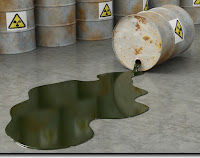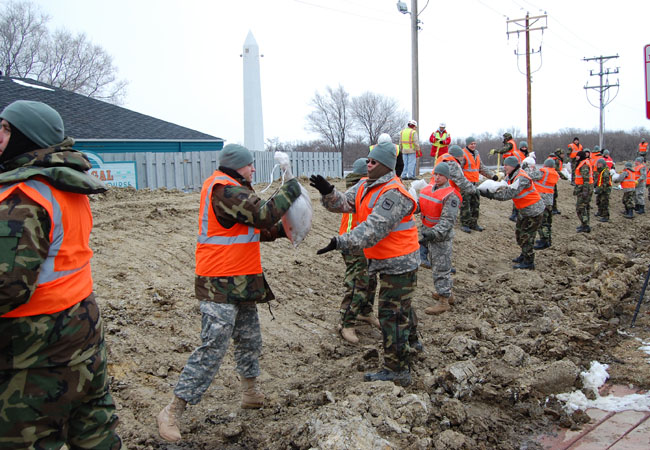Facilities and vehicles that store, use and/or transport hazardous materials (hazmats) will display
placards that signify the types of material contained and its hazard.

Identifying Hazmats in Fixed Facilities
The National Fire Protection Association (NFPA) 704 Diamond is often used to warn of hazmat inside fixed facilities (e.g., workplaces).
NFPA 704 Diamonds are divided into four colored quadrants, each with a rating number inside that indicates the degree of risk associated with the material. The higher the number, the higher the risk.
If you see a hazmat placard, STOP and call 911 for assistance. When necessary, evacuate people who are downwind to an uphill and upwind location.
Identifying Hazmats in Transit
When in transit, hazmat containers must be labeled with the type of substance contained and its hazard risk. There are 3 systems for displaying and identifying the hazmat being transported:
- Department of Transportation (DOT) warning placards
- The United Nations system
- The North American
The DOT warning placards are the most widely used system.
Hazmat Prodedures
In the event of a hazmat release:
- Stay upwind.
- Call 911 for assistance.
- If authorities cannot be reached, evacuate people and isolate the area.
- Do not attempt to rescue any injured persons until the situation has been assessed.
- Do not walk into or touch any spilled material. Avoid inhaling fumes, smoke and vapors.







